Why I said goodbye to my father’s vintage Bentley after 44 years
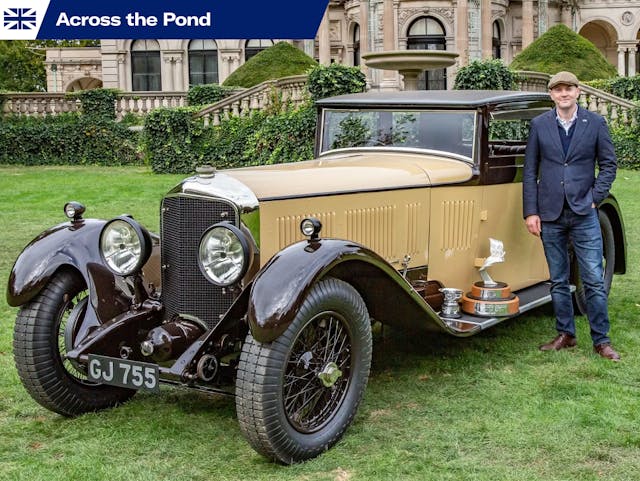
The following is adapted from an interview held by Charlotte Vowden, the author, with the car’s owner, William Medcalf. —Ed.
My father was a tool maker by trade but his ambition was to explore the world. He took a shine to vintage Bentleys and in 1979, after rebuilding a 3/4.5 Litre on the kitchen table, he declared “Bessie” had to be tested, so off we went as a family to do a lap of America. It was a hell of a trip; we did 28,000 miles over nine months with no satellite navigation, no Google Maps, no mobile phones, no nothing.
As an ex–Royal Engineer who fought in the Korean War, my dad was all about doing things with military precision so at 5 o’clock every morning the wheels of that car would be turning. We would stop for breakfast and then push on until lunch. We kids (me and my two sisters Lizy and Emma) would take it in turns to choose which Holiday Inn or Best Western to stay in; TVs in the room and a swimming pool were all we were interested in, but dad would always get a “down and out Motel room” which meant we were on the ground floor with the car parked out front. Each day we were all assigned a task; Dad would service the car, Lizy would clean its windows, Emma would clean the wings, Mum would do the washing (we had two sets of clothes each) and my job was to check the wheel spokes with a spanner.

We did take school books with us but they got shoved out to save weight. That gave us the freedom to play and take in the incredible sights; from the Grand Canyon to Death Valley and Disney, we did it all, and on the grain belt it was wheat and corn as far as the eye could see. My earliest memory of life on the road is stopping at an orange grove in Florida to pick oranges off the trees, it couldn’t have been further from going to the supermarket.
The truckers were really kind to us. They would radio ahead to the truck stops to let them know a crazy English family was on their way in an old car and to take care of us; it was wonderful to have this little network. We also traveled with a chap called Bob May, “Uncle Bob,” who had the ultimate Vintage Bentley; a Speed Six. Dear old Bessie struggled to keep up with it, particularly on the roads that climbed for 20 miles uphill, she’d get slower and slower and slower. When we got home and back to reality Dad was hell-bent on upgrading to a quicker car so she was sold.
In 1982, he bought GJ 755, a very desirable 1930 6½ Litre Speed Six, and ticked off New Zealand, Australia, Japan, plus most of Europe and Canada behind its wheel. Dad loved to travel and he loved to do it in a beautiful thunderous Bentley so he used it for any and every trip that he could; including taking all the neighbours’ kids to the local ice cream shop where we lived in Enfield, North London. He’d squeeze as many of us into this four-seater as possible, which was about 12, and buy us as much ice cream as we could eat. He was very generous (and he liked a challenge) so when the last kid gave up, he’d announce himself the champion and take us home. He raced the Speed Six at Silverstone too.
I used to sit on Dad’s lap and have a go at driving but when I was old enough to reach the pedals, we wasted no time in putting learner plates on it. Learning to drive in a 2200 kg (4850-pound) motor car with a crash gearbox and massive turning circle took concentration and forethought, but Dad taught me how to get it to where it needed to go.
That thing would do 85 mph at about 2700 rpm comfortably, 120 mph tops; it was like a freight train, which is why Bentley won Le Mans five times in period. Dad’s claim to fame was winning an event called Balloons and Bentleys at Leeds Castle about three times. The hot air balloons would lift off, kiss the moat of the castle, and then fly for half an hour with the Bentleys in pursuit. The drivers had to work out where they were going to land, pick up the pilot and race back to the Castle. I don’t think you’d get away with it today!
I drove the Speed Six all over the place, but the best drives were always that last stretch before home after a big run, especially at night, in the summer, when the air temperature had dropped but the car was tingling and red hot. Dad would hear me coming from about a mile away.

I was going to follow in his footsteps and become a tool maker but he encouraged me to use the engineering skills he’d taught me when we worked on Bessie and the Speed Six. I thought OK, I’ll give it six months, but 26 years later and I’m working on some of the rarest Bentleys on the planet in my West Sussex workshop, Vintage Bentleys. What started as a one-man-with-a-bag-of-spanners operation in a lock-up garage has grown to a business with a team of 30 that buys, sells, restores, rebuilds, and repairs these historic cars. We’re also the largest manufacturer of Vintage Bentley parts.
It was around 25 years ago that I got offered the original coachwork for Dad’s Speed Six, which was the second of only two built in a style known as a Folkestone Close Couple Coupe. It was the grand open-tourer of its time and looked like a rocket ship. Ordered new from the British coachbuilder Martin Walter by a chap called Viscount Mandeville, who had a prolific driving career and amassed quite a few offenses (his wife walked up the aisle to get married in bandages because they’d been in a crash and he hit a tree in the Speed Six), I thought it was remarkable that it survived so I bought it. Dad never quite understood why and I lost him before he could find out.
I inherited the car when he passed away a long time ago and had always been desperate to correct its history by reuniting the chassis with its original body and restoring it faithfully to how it would have been when it left the factory. It was a project that began during the pandemic and took three and a half thousand man hours to complete. At some point, everyone in my business played a hand in that journey but incredibly I found the trimmer who had replaced the Speed Six’s original 1930 trim many years ago as an apprentice. He arrived with a bucket full of photographs, delved down and pulled out a picture of him working on the car, and when we removed the leather from the seats we found the specification of the car had been written on the back of them in pencil, it was effectively a job card. At the moment there’s a lot of talk about how AI is going to change the world but as human beings, we all want and possess a connection to the past.
Back in 1930, the work ethic was ferocious; they had seven weeks to fit the body to the rolling chassis. To deliver, they would have been working night and day which is why standardization of how things were done wasn’t really a thing. For example, one window mechanism worked better than the other because they had been put together in totally different ways. We didn’t change or upgrade them though, we put them back exactly as they were; I wanted the car to be as pure as it could possibly be. It took ten blokes to lower the original body on and seeing all the bolts line up was a moment of realization; it was back where it belonged.

As a family it was an emotional process because we were attached to the car in the form that we knew but putting it back to what it was intended to be was the right thing to do—even if the two cars look like chalk and cheese! In 2022, I flew the Speed Six to Pebble Beach, where it was awarded Second in Class, then shipped it to the Audrain Newport Concours & Motor Week where it took the outright win. It’s probably the best Speed Six on the planet but when the house of our dreams came up for sale there was little time for sentimentality—after 44 years in the family the Speed Six had to go. It was sold to a gentleman who had followed the project, for a confidential amount. My family will always be my priority and my dad would totally understand and approve of the fact that I turned the car into a forever home for my wife and five kids. He’d be proud.
GJ 8755 will always be “our car” even though we don’t own it anymore because it was such a cornerstone in our family. The coachwork that these Bentleys wear is in effect, just a dress, so if I find another Speed Six chassis then I could put the coachwork that Dad’s car wore (which is safely stored in a barn) on that. With the look and feel of Dad’s car, we could almost pick up where we left off. It’s the one that got away, but all is not lost.
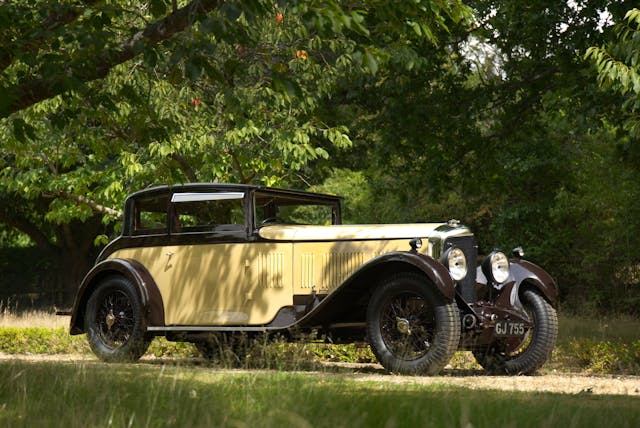
***
At the 2023 Goodwood Members Meeting, William and his team at Vintage Bentley made history when they raced three vintage Bentleys on synthetic fuel—a world first. “Historic cars are intertwined with British culture and Britishness and I want to see my children and grandchildren able to enjoy them in the future,” he says. “It’s a huge challenge but in 18 months I hope my company will be carbon neutral and using synthetic fuel is a huge step towards that.”
To find out more, visit vintagebentley.com.
***
Check out the Hagerty Media homepage so you don’t miss a single story, or better yet, bookmark it. To get our best stories delivered right to your inbox, subscribe to our newsletters.
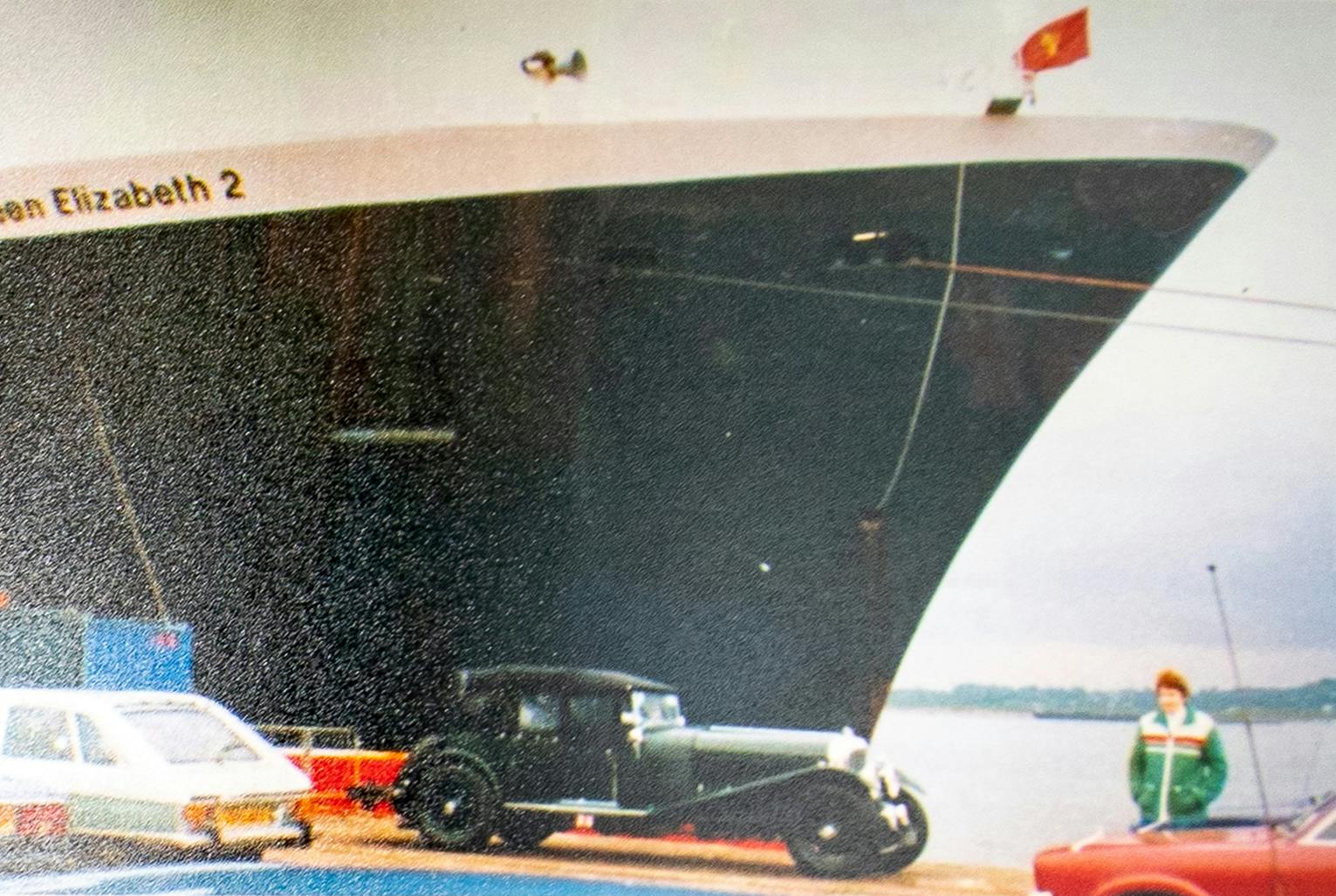
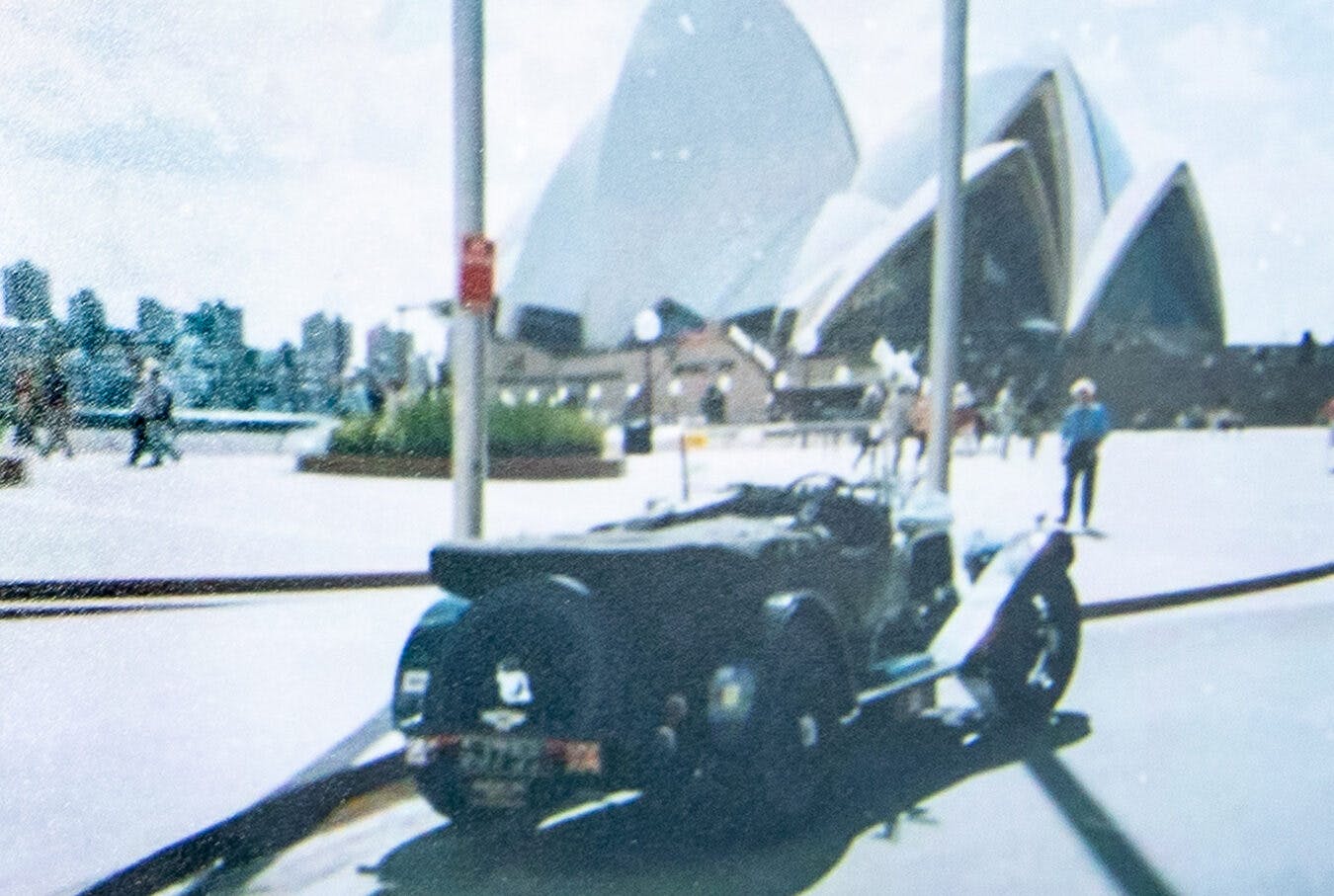
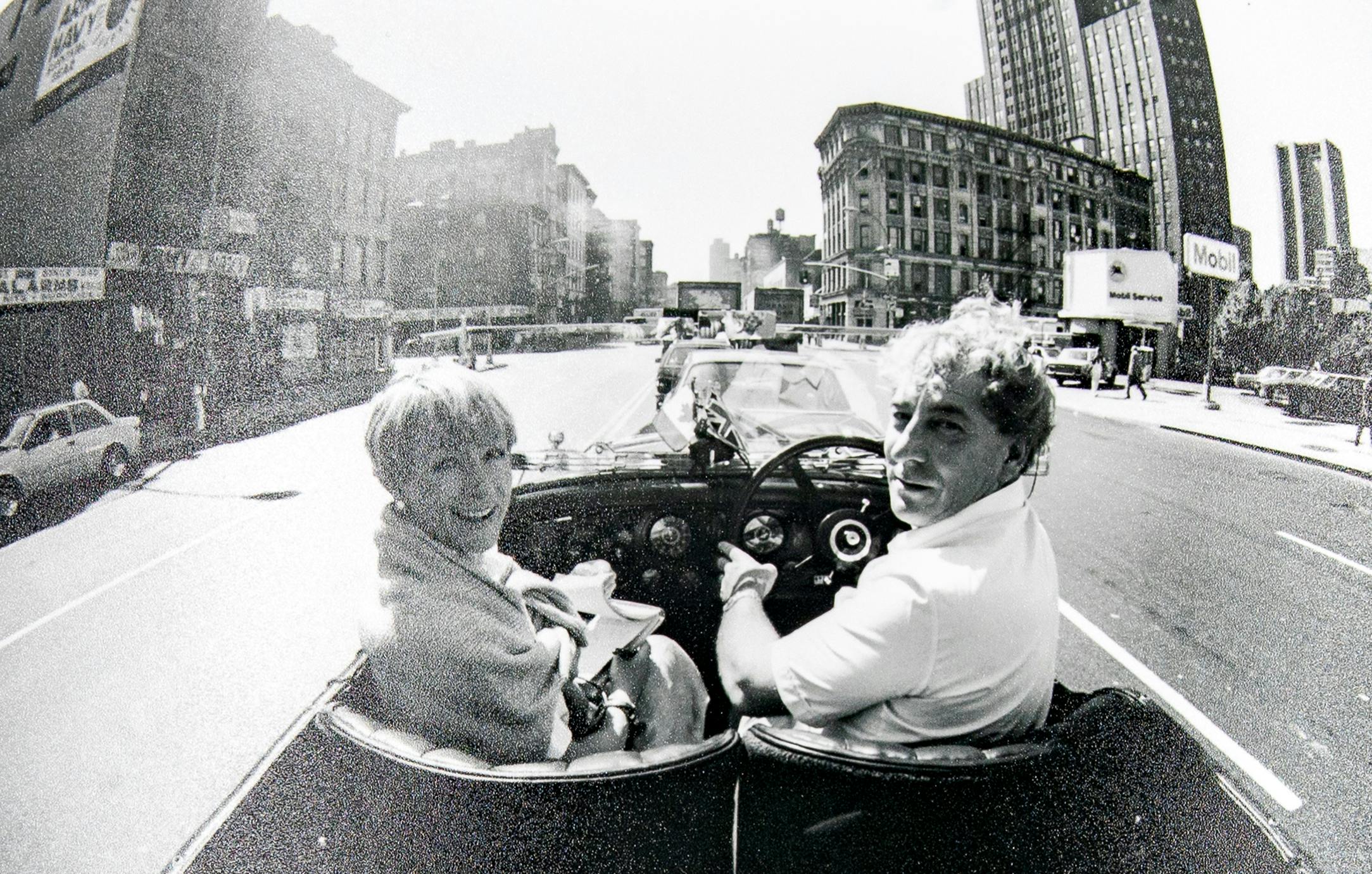
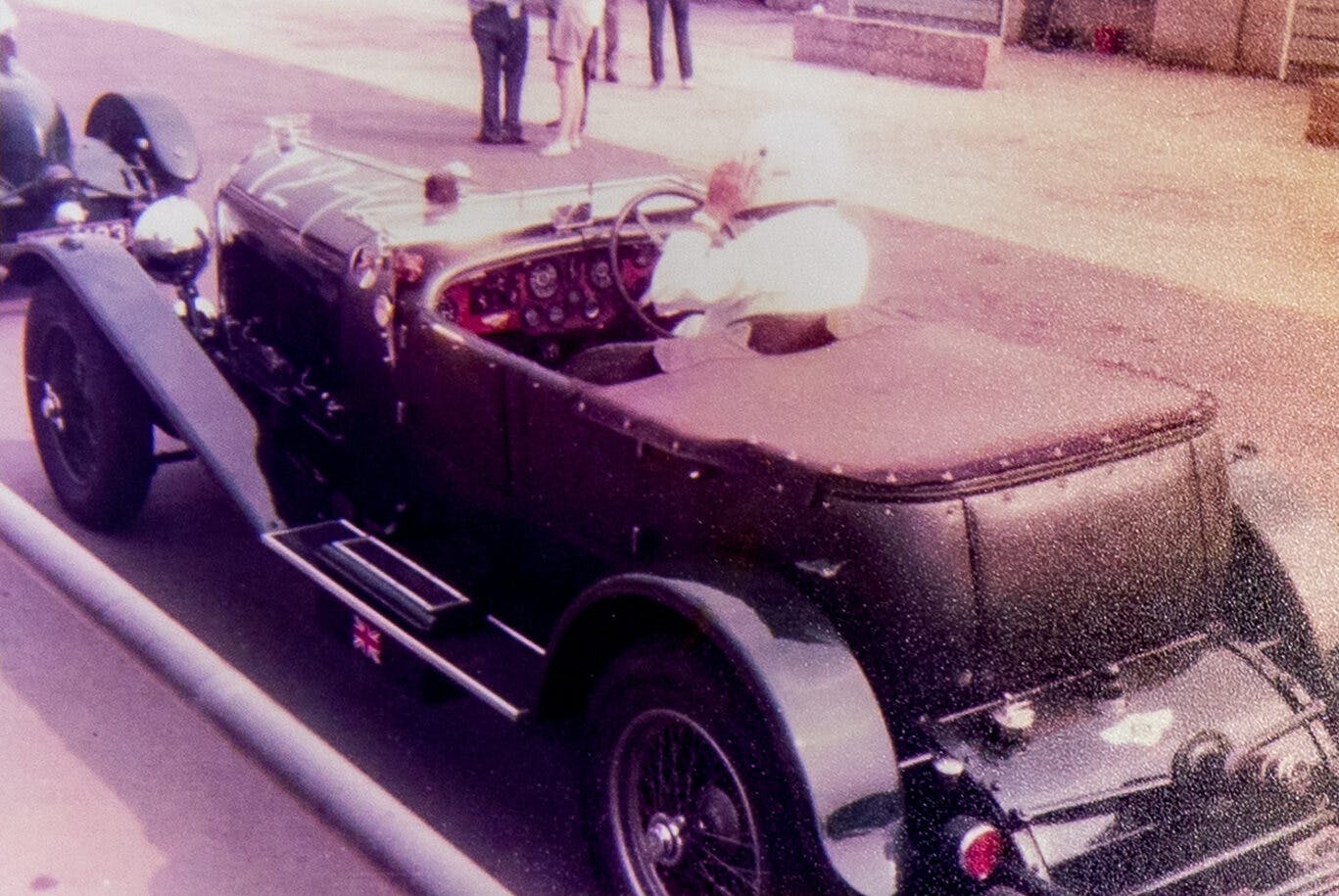

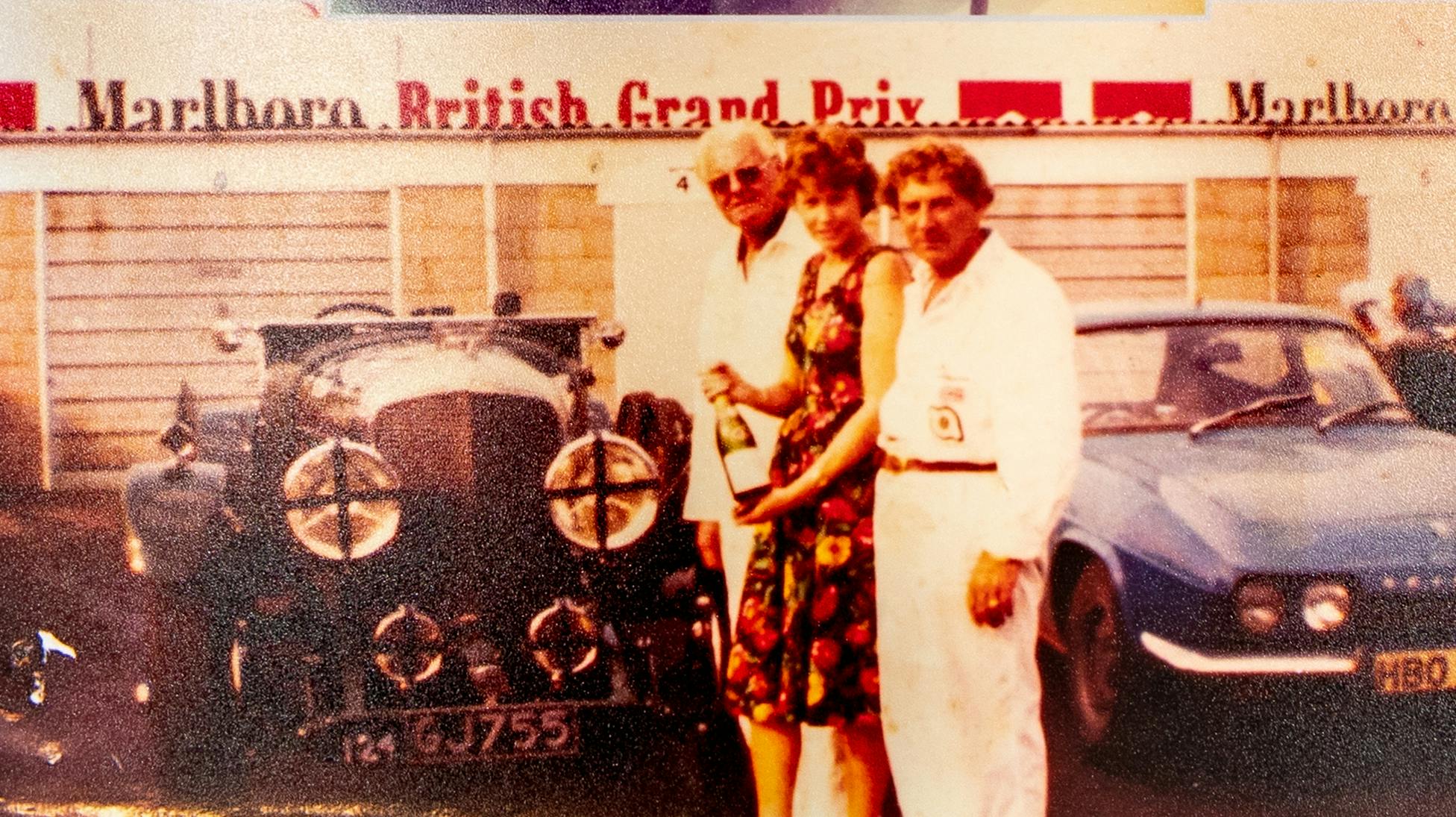
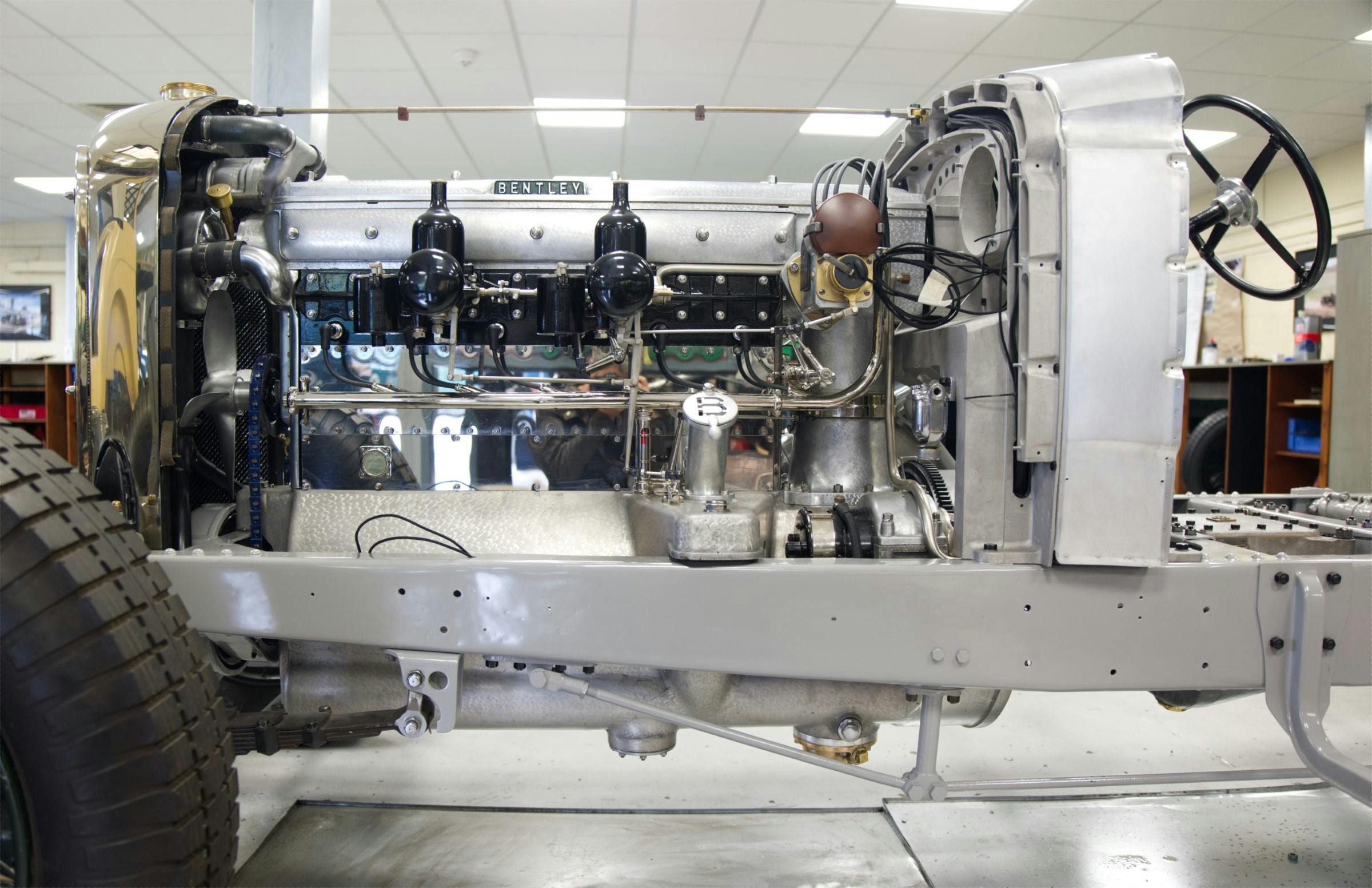



Great story…beautiful cars
Great story.
The interviewed owner clearly has the knowledge to rebuilt the family shell… and should. All original sells well, “original to us” is good enough for me.
Using “dad’s car” with a new chassis & drivetrain, whether original, racecar/hot rod or whatever is in the spirit of the car.
I’d love to read that update in the Hagerty magazine.
Yea and amen.
I guess Tool Makers did pretty well back then.
Very cool story. I love the history behind it.
Nice story. Was smitten with such a car when reading at age 11 “Speed Six!” by Bruce Carter, nom de plume of the ranging Richard Hough, published 1/1/53.